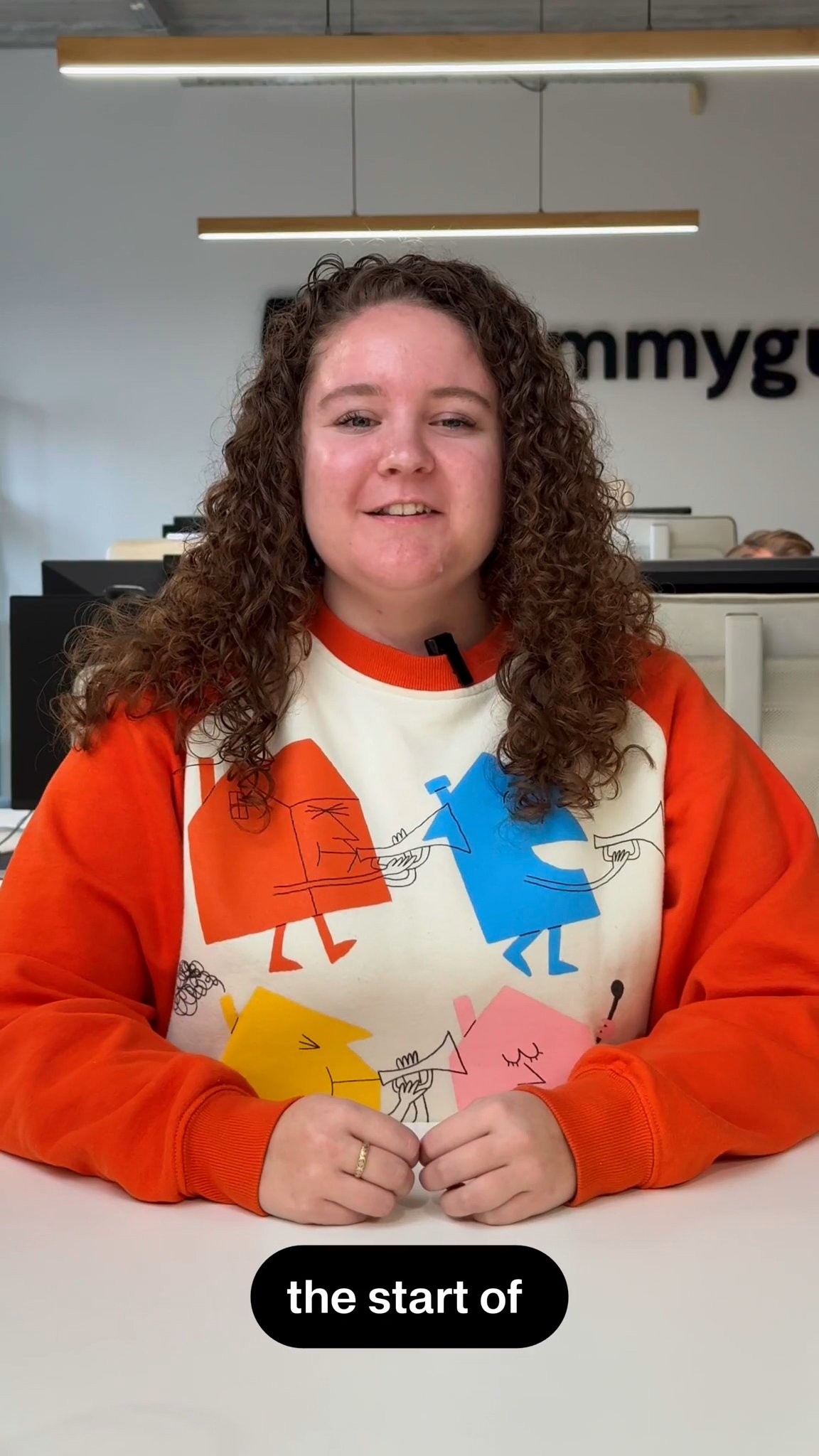The start of something new is exciting. Potential users start signing up, engagement is growing, the possibilities of how your platform could grow feel endless. But in reality, people, users, lose interest. They might explore your platform for a bit, but eventually they will disappear. I’m not here to tell you churn exists, you already know that. The thing however, is: churn isn't just a metric. It’s a warning sign. And there can be multiple reasons why it happens. Competitors might offer a more engaging experience, some users might struggle with your platform’s interface, it might have bugs, performance issues.. Before you know it, users abandon your platform before they even realize its real value. So how do you keep those users engaged? I’d love to explain more about various UX design methods that help with engagement and keep that frustrating churn at bay. By the end of this blogpost, you’ll have discovered practical strategies to improve your platform with a seamless experience that keeps your users coming back.
1. Simplify onboarding and keep it calm
Let’s start with onboarding: the first real interaction your users have with your platform. Those first few minutes can honestly break or make the entire experience, determining whether the user stays or leaves. A well designed experience guides users through your platform. It should help them understand what key features there are without overwhelming them with all the other amazing things your platform can do within the first second. There’s a few ways to approach this:
Tutorials that teach by doing. For example, step by step instructions to help users understand how to build their own dashboard.
Progress indicators. These help users know where they are within the onboarding process, often visually tracking each step they’ve completed. Besides, it’s also really nice to know how many steps users have left. It can motivate them to complete the onboarding in one go.
Contextual tooltips and microcopy. These are often helpful when your platform has a lot of features but you want to highlight only certain ones when it’s necessary to reduce the cognitive load.
2. Make your navigation clear as day
People are used to certain behaviors, whether that’s in real life or the digital realm. They expect certain things to behave a certain way because that’s how the majority of other platforms or the internet as a whole do it. This is especially true for your platform’s navigation. If users struggle to find what they need, they’ll likely bounce before you realize it. Your navigation should be clean and well structured so they can find what they need within seconds or even discover other features the platform has to offer. Think of things like:
A well organized menu. Group items together when it makes sense to create categories users often look for or need. For example, you could categorize core features of the platform, additional things that are good to know/use but not main knowledge and tertiary items such as settings or account related items. Wording is also a big one. Stop and think about the language and wording your target audience uses, and see if you can implement those within the navigation.
Consistent UI patterns. Like I briefly mentioned before, users adapt quicker to things they already know. Follow common patterns such as the use of a sidebar/topbar for your platform's navigation.
Clear next steps. Give the user an organic next step. For example a CTA (call to action) that guides them towards check-out, or a button to create a new task easily.
3. Build trust by being consistent
In all honesty, sometimes UX just comes down to trust. From our experience designing digital products, we know users stay engaged when a platform behaves predictably, functions reliably, and aligns with their expectations. But what exactly is it that makes them trust it? Oftentimes, it's not only the core functionality but also how it looks and how it feels. You can enhance the users trust by:
Maintaining a uniform style across the board. Make sure your typography, colors, buttons, links (basically all recurring UI), and even spacing is consistent throughout your platform.
Consistent behavior. UI elements can vary in size and interactivity depending on the device they’re being used on. So if you think a hover would work great to showcase extra data on a dashboard, make sure you’ve thought about a solid alternative when you need to show that same data on, say, an iPad.
Putting the cherry on top. What you really want for your platform is that it’s a delight to use. That it brings users joy throughout their day, and shows that you clearly love and are passionate about what you’re creating for them. By using consistent micro interactions like hover effects, animations such as loading animations and just that extra visual refinement you can really create a sense of reliability.
4. Provide personalization and customization
Users love it when they can really personalize their experience exactly to what they need it to be. It allows them to focus on their core tasks in the platform, rather than get distracted or get lost in the process. Here’s some ways to introduce personalization:
Personalized recommendations. If a user is always building dashboards from scratch, you could show them there’s actually a template feature to save the one they have and re-use it.
Allow them to customize and adapt content. Maybe it means they dismiss or hide a few of your platform’s functions but hey, it’s what they need right now. It will get rid of clutter and allow them to focus on what really matters to them.
Visual customization. The UI Designer might not love this option, but people love customizing their spaces, whether that’s based on their business’ brand color palette or simply because of personal color preference. Allow your users to change a few of the primary colors or give them set themes to choose from. Besides this, dark and light modes are often requested visual customizations too.
Typical UX missteps
Of course, it would be foolish not to address some common missteps. Even with the best intentions, missteps can still occur leading to increased churn. No platform is perfect from the jump, and ongoing iterations based on user feedback can help refine the experience. But there are some common pitfalls to be aware of.
Overcomplicated UI
Your platform might offer a lot of value and features that will benefit the user greatly. But if you don’t introduce those to them step by step, chances are your users will just get overwhelmed and quit. That ties in with my next point, which isUnclear value proposition
Assuming you’ve nailed this in your marketing efforts, it shouldn’t stop once your users have created an account. They need to know what the benefit is of the platform. If it takes them too long to see/understand it, they’ll bounce.Introduce features slowly
Think carefully about which features are absolutely essential to understand and use the platform and introduce them first. Then think about additional features that you could slowly introduce too. And if you’re afraid they’ll leave or it will be too much in one go, attempt to pull them back by sending an email the first day of sign up, after a week of use and after a month of use. Use this space to explain various features or show them useful tips and tricks.
Reducing churn starts with the user experience. By following user experience strategies like streamlining your onboarding, optimizing the navigation, being consistent in patterns and your platform’s look and feel, you create an intuitive and enjoyable experience that keeps users engaged. Investing in UX design not only improves user retention, but also allows users to build trust with your platform. Need help with your platform’s user experience? Yummygum can help you audit, assess and refine or create one that keeps your users coming back for more.


